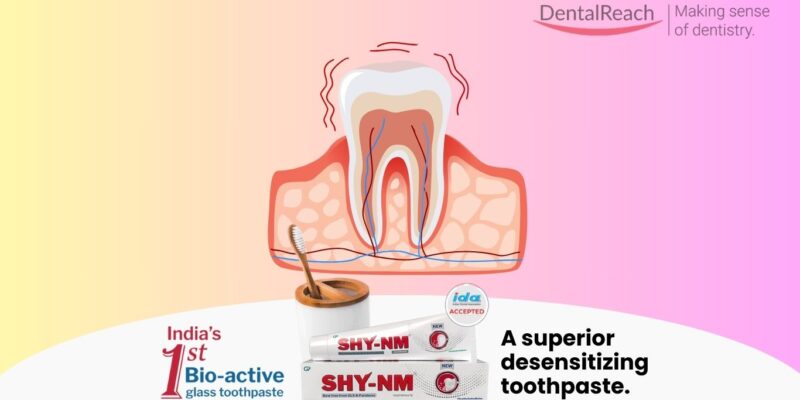Tooth whitening is one of the most sought-after cosmetic dental procedures—but the resulting tooth sensitivity (TS) often deters patients from seeking treatment or returning for follow-ups. A new study may offer a potential breakthrough. Researchers have evaluated a novel bleaching gel that combines 35% hydrogen peroxide (HP) with a hydroxyapatite-capsaicin (HAp-CAP) nanocomposite, aiming to reduce post-treatment sensitivity while maintaining whitening efficacy.
In a triple-blind, randomized controlled clinical trial involving 54 participants, researchers compared the conventional 35% HP gel with the new 35% HP+HAp-CAP formulation. A split-mouth design was used, meaning each patient received both treatments on different sides of their mouth. The goal was to determine whether the new formulation could reduce TS without compromising bleaching effectiveness (BE).
Tooth sensitivity was assessed at four time points: immediately after treatment, and then at 1, 24, and 48 hours. Patients rated their sensitivity using a visual analogue scale (VAS) from 0 to 10. Bleaching effectiveness was evaluated using standardized color metrics (ΔSGUs, ΔEab, ΔE00, and WID), and patient satisfaction was also recorded.
The results were telling. While 87% of participants experienced some level of sensitivity in both groups, those treated with the HAp-CAP gel consistently reported significantly lower intensity of discomfort at all time intervals (p < 0.05). Importantly, there were no significant differences in the whitening results between the two groups (p > 0.05), and patient satisfaction remained high across the board.
The findings suggest that incorporating hydroxyapatite and capsaicin into bleaching gels may offer a clinically effective strategy for managing a common side effect of in-office whitening. With better patient comfort and equivalent aesthetic outcomes, this innovation could soon find its way into routine clinical practice.




















Comments